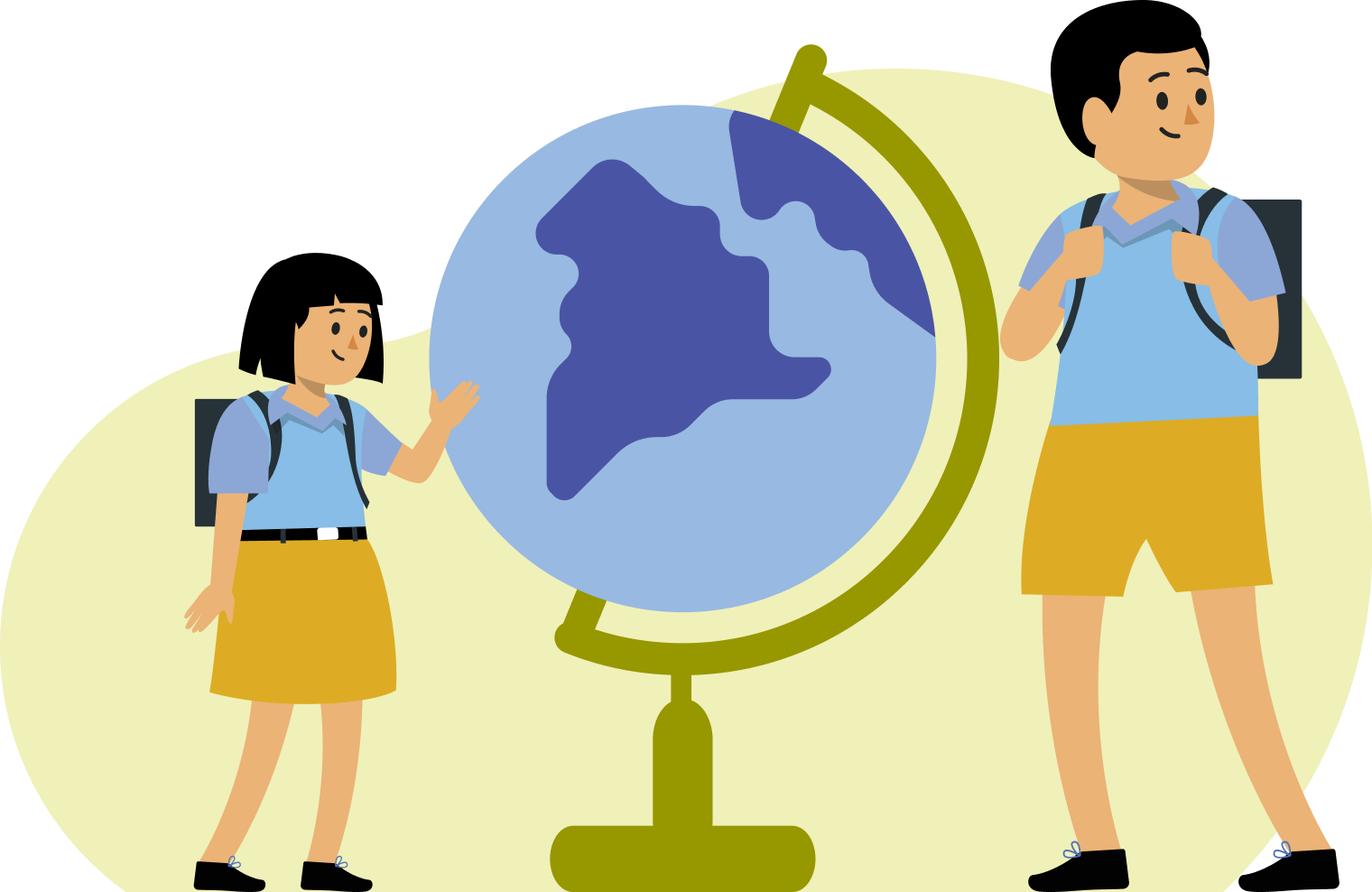Resources- Complete Guide For Class 8th Geography Chapter 1
Welcome to iPrep, your Learning Super App. Our learning resources for the chapter, “Resources” in Geography for Class 8th are designed to ensure that you grasp this concept with clarity and perfection. Whether you’re studying for an upcoming exam or strengthening your concepts, our engaging animated videos, practice questions and notes offer you the best of integrated learning with interesting explanations and examples.
The chapter ‘Resources’ from the Class 8 Geography NCERT book provides a comprehensive understanding of what resources are, their various types, and the critical importance of conserving them. ‘Resources’ play a vital role in our daily lives and are essential for the development and sustainability of human societies. This chapter not only outlines the different types of resources but also emphasizes the need for their conservation to ensure they are available for future generations. By exploring key points and objectives, students can grasp the fundamental concepts and significance of ‘Resources’ in our world.
Objectives Of The Chapter Resources
Now that we understand the importance of studying this chapter, let’s explore the objectives behind ‘Resources’.
- Understanding the different natural resources, including renewable and non-renewable resources.
- Learning how human activities transform natural materials into usable forms.
- Recognizing the importance of human skills, knowledge, and abilities in utilizing and managing resources effectively.
- Learning about the concept of sustainable development and its importance in resource conservation.
- Exploring various methods and strategies to conserve resources, including recycling, using alternative energy sources, and reducing wastage.
- Understanding the role of individuals and communities in conserving resources and promoting sustainable practices.
Let’s now understand the various sections of the chapter in detail.
In the introductory section, the chapter ‘Resources’ emphasizes that anything with utility or usability is considered a resource. Items like water, electricity, rickshaws, vegetables, and textbooks are examples of resources because they fulfill human needs and have utility. The chapter explains that resources become valuable when they have a use or utility, which gives them economic or intrinsic value. It also introduces the concept that time and technology are crucial in transforming substances into resources, driven by human needs and creativity.
Now, to understand the various classifications and characteristics of resources, let us delve into the ‘Types of Resources’ section of the chapter ‘Resources.’
Types of Resources
The section ‘Types of Resources’ in the chapter ‘Resources’ covers several key points. Let’s now explore these in detail:
- Natural Resources:
Natural resources are materials or substances drawn directly from nature without significant modification. Examples include air, water, soil, and minerals. These resources are often considered gifts of nature and can be used directly, although tools and technology may sometimes be required to utilize them effectively.

- Renewable Resources:
Renewable resources are those that can be replenished or renewed quickly. Some renewable resources, like solar and wind energy, are unlimited and not affected by human activities. However, resources like water, soil, and forests, while renewable, can be depleted through careless use and mismanagement, affecting their availability.
- Non-Renewable Resources:
Non-renewable resources have a limited stock and cannot be replenished within a human lifespan once exhausted. Examples include coal, petroleum, and natural gas. These resources take thousands of years to form, making their conservation critical as their depletion can lead to significant shortages.

- Human-Made Resources:
Human-made resources are created by humans through the transformation of natural resources. Examples include buildings, machinery, and tools. These resources enhance the utility of natural resources, contributing to economic development and improving living standards.

- Distribution of Resources:
The distribution of natural resources is influenced by various physical factors such as terrain, climate, and altitude. This results in an unequal distribution of resources across different regions of the world. Understanding these factors is essential for effective resource management and ensuring equitable access to resources.
Now, to understand the importance of sustainability, let’s delve into the section ‘Conserving Resources’ in the chapter ‘Resources’.
Conserving Resources
The section ‘Conserving Resources’ in the chapter ‘Resources’ covers several key points. Let’s now explore these in detail:
- Sustainable Development:
Sustainable development is crucial for preserving resources for future generations while fulfilling current needs. It involves achieving a balance between economic growth, environmental stewardship, and social equity. This approach ensures that natural resources are used efficiently and responsibly, minimizing environmental impact and promoting social well-being. By integrating these elements, sustainable development seeks to maintain the health of ecosystems, support community prosperity, and ensure that resources remain available for future generations, preventing depletion and environmental degradation.

- Methods of Conservation:
Conservation methods are diverse and essential for preserving resources. These include recycling materials to reduce waste, adopting alternative energy sources like solar and wind to minimize reliance on non-renewable resources, and implementing efficient water and energy usage practices. These methods help in reducing the ecological footprint and maintaining ecological balance.

- Role of Individuals and Communities:
Individuals and communities play a vital role in conserving resources. Simple actions like reducing water and energy consumption, using public transportation, and supporting eco-friendly products contribute significantly to conservation efforts. Community initiatives, such as tree planting drives and awareness campaigns, foster a collective responsibility towards sustainable resource management.

Now that we have discussed the whole chapter, let us know the overall learning value of the chapter ‘Resources’.
Overall Learning Value of the Chapter:
The chapter ‘Resources’ from the Class 8 Geography NCERT book is a crucial part of understanding the importance of resources in our lives. By exploring the different types of resources and the need for their conservation, students gain valuable insights into sustainable development and responsible resource management. The knowledge gained from this chapter is essential for fostering an environmentally conscious and resource-efficient society.
Practice questions on Chapter 1 - Resources
Get your free Chapter 1 - Resources practice quiz of 20+ questions & detailed solutions
Practice Now








